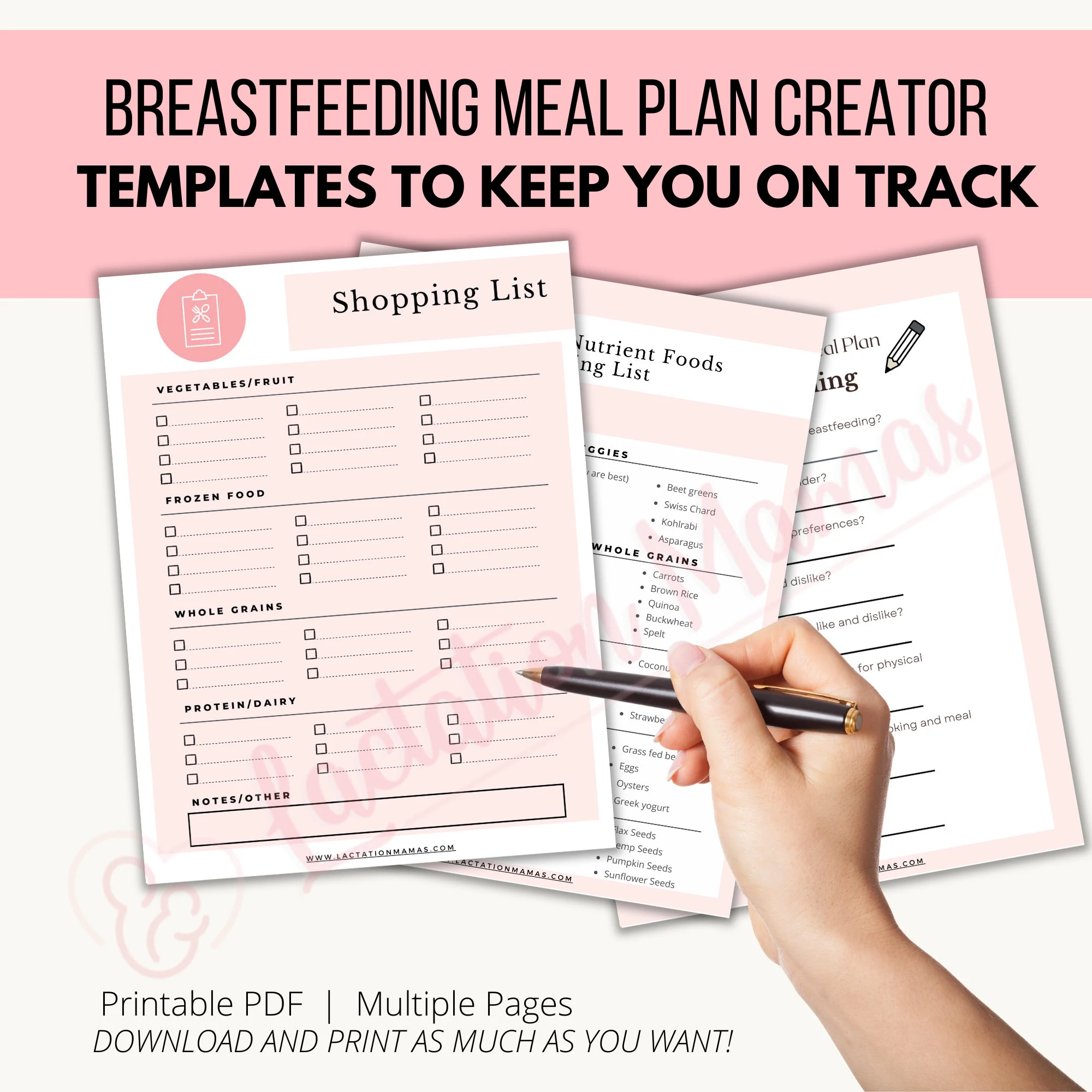For many new mothers, the postpartum period is both rewarding and challenging. While caring for a newborn, many women also think about regaining their pre-pregnancy body. The breastfeeding weight loss plan has become a popular strategy because it supports gradual, natural fat loss while ensuring optimal nutrition for both mother and baby.
Unlike extreme diets, this approach emphasizes balanced eating, steady energy, and gradual results. With the right plan, it’s possible to lose weight without compromising milk supply or overall health.

The Science Behind a Breastfeeding Weight Loss Plan
Breastfeeding itself is an energy-intensive process. On average, nursing burns 300–500 extra calories per day, depending on milk production and the baby’s feeding needs. This natural calorie burn makes weight loss more achievable, but nutrition plays a crucial role.
Key scientific mechanisms include:
-
Increased metabolism: Lactation increases energy expenditure, supporting gradual fat loss.
-
Fat mobilization: During breastfeeding, stored fat is converted into energy for milk production.
-
Appetite regulation: High-protein, high-fiber foods improve satiety, reducing unnecessary snacking.
-
Digestive health: A nutrient-rich diet enhances gut health, which indirectly supports metabolism.
Research and Case Studies
Several studies confirm the effectiveness of a breastfeeding weight loss plan when paired with balanced nutrition:
-
A study published in the American Journal of Clinical Nutrition (2019) found that exclusive breastfeeding for 3 months led to greater postpartum weight loss compared with partial breastfeeding.
-
Research involving over 1,000 women (PMC, 2021) showed that gradual weight loss of 0.5–1 pound per week had no negative impact on milk supply.
-
Clinical guidelines from the Academy of Nutrition and Dietetics recommend a minimum of 1,800 calories per day for nursing mothers to sustain milk production.
Practical Meal Ideas for a Breastfeeding Weight Loss Plan
Instead of rigid dieting, focus on structured meals and snacks. Here are beginner-friendly examples:
1. Breakfast Options
-
Overnight oats with chia seeds, berries, and almond milk
-
Vegetable omelet with whole-grain toast
-
Greek yogurt parfait with granola and flaxseeds
2. Lunch Options
-
Grilled chicken quinoa salad with olive oil dressing
-
Lentil soup with whole-grain crackers
-
Turkey and avocado wrap with spinach
3. Snack Ideas
-
Apple slices with almond butter
-
Hummus with carrot and cucumber sticks
-
Cottage cheese with pineapple chunks
4. Dinner Options
-
Baked salmon with roasted sweet potatoes and broccoli
-
Stir-fried tofu with brown rice and vegetables
-
Lean beef chili with beans
5. Hydration Boosters
-
Lemon-cucumber detox water
-
Herbal teas (caffeine-free)
-
Smoothies with spinach, banana, and protein powder
Benefits of Following a Breastfeeding Weight Loss Plan
Women who adopt this plan often report improvements beyond weight management, including:
-
Gradual fat loss without extreme calorie cutting
-
Sustained energy levels to manage sleepless nights
-
Better gut health thanks to fiber-rich foods
-
Reduced cravings through balanced macronutrients
-
Improved skin and hair health from nutrient-dense meals
Best Practices and Precautions
To succeed safely with a breastfeeding weight loss plan, keep in mind:
-
Avoid severe calorie restriction (below 1,800 calories daily).
-
Prioritize hydration, aiming for at least 2–3 liters of fluids per day.
-
Include protein in every meal to stabilize energy and milk supply.
-
Limit processed foods and high-sugar snacks.
-
Introduce exercise gradually, starting with walking, yoga, or light resistance training.
-
Consult a healthcare provider before major diet changes.
Combining With Other Strategies
A successful plan works best when combined with small, sustainable lifestyle changes:
-
Gentle exercise: Walking with a stroller, postpartum yoga, or bodyweight workouts.
-
Mindful eating: Slow meals reduce overeating.
-
Meal prepping: Helps prevent reliance on fast food.
-
Sleep prioritization: Adequate rest supports hormone balance and appetite control.
FAQs: Breastfeeding Weight Loss Plan
1. Can I cut calories while breastfeeding?
Yes, but only moderately. Aim for a 300–500 calorie deficit per day, while staying above 1,800 calories.
2. Will dieting affect my milk supply?
Gradual weight loss typically does not impact supply. Crash diets or fasting may reduce milk production.
3. How fast can I lose weight while breastfeeding?
A safe pace is 1 pound per week. Faster loss increases risks of fatigue and nutrient deficiency.
4. What foods should I avoid?
Limit caffeine, alcohol, highly processed foods, and fish high in mercury.
5. Can exercise affect breastfeeding?
Light to moderate exercise is safe and does not change milk composition. Just stay hydrated.
6. Do supplements help with postpartum weight loss?
Only if recommended by a doctor. Whole foods should remain the main source of nutrients.
Breastfeeding Weight Loss Plan Conclusion
A breastfeeding weight loss plan isn’t about dieting harder—it’s about eating smarter. With balanced nutrition, gentle activity, and realistic expectations, moms can steadily lose weight while supporting their baby’s growth.
Remember: each woman’s postpartum journey is unique. Patience, self-care, and consistency are far more powerful than quick fixes.